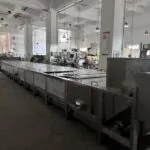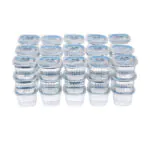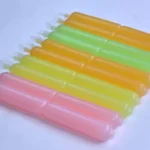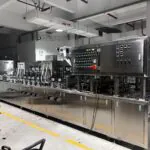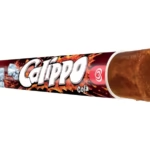
Confused about making ice cups efficiently? The process might seem complicated, involving multiple machines and steps. But it’s actually straightforward when you have the right equipment and knowledge.
The best way to produce ice cups is with an ice cup filling and sealing machine. I recommend using clear PET cups for the best look. The machine automatically handles dropping the cups, filling them with ice, and sealing them. Finally, the sealed cups are shrink-wrapped for hygiene.
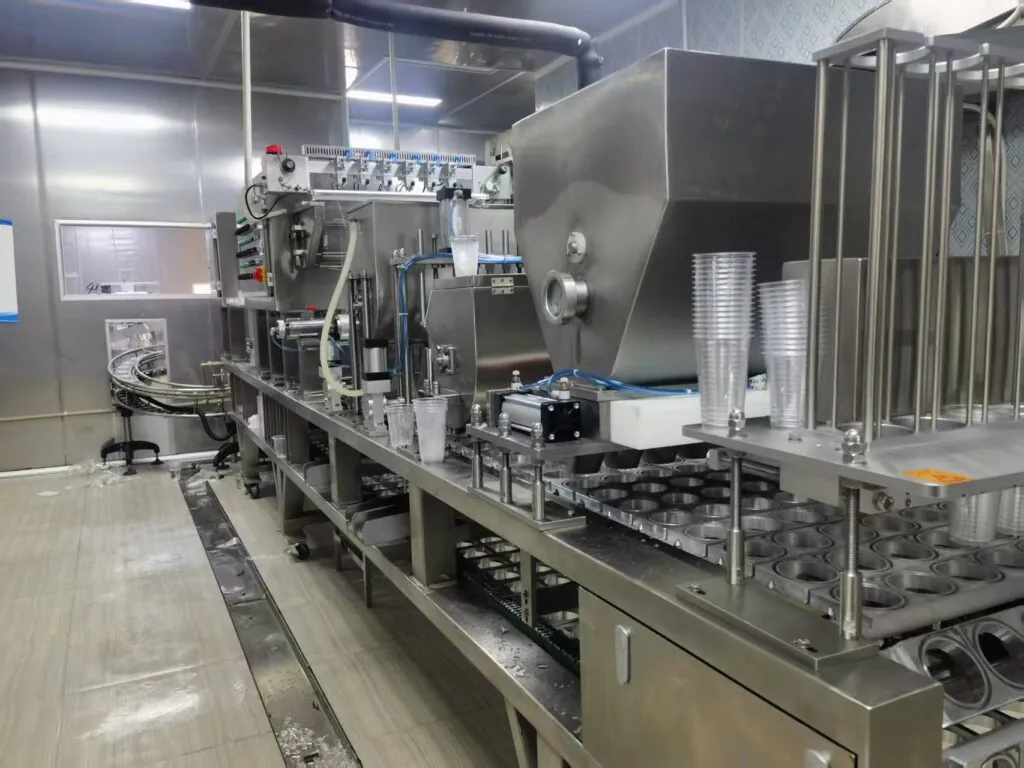
I’ve seen many clients struggle with the initial setup, so I want to break it down for you. Getting the process right from the start saves a lot of time and money. Let’s walk through the key decisions you’ll need to make to get your production line running smoothly and start accelerating your food production.
What kind of cups are best for ice cups?
Choosing the wrong cup can make your product look cheap and unprofessional. A flimsy cup might not even survive the production and freezing process. You need to understand your material options.
For ice cups, I always recommend PET (Polyethylene Terephthalate) cups. Their best feature is high transparency, which makes the ice inside look crystal clear and appealing. They are also strong enough to handle the automated machinery and the freezing process without cracking.
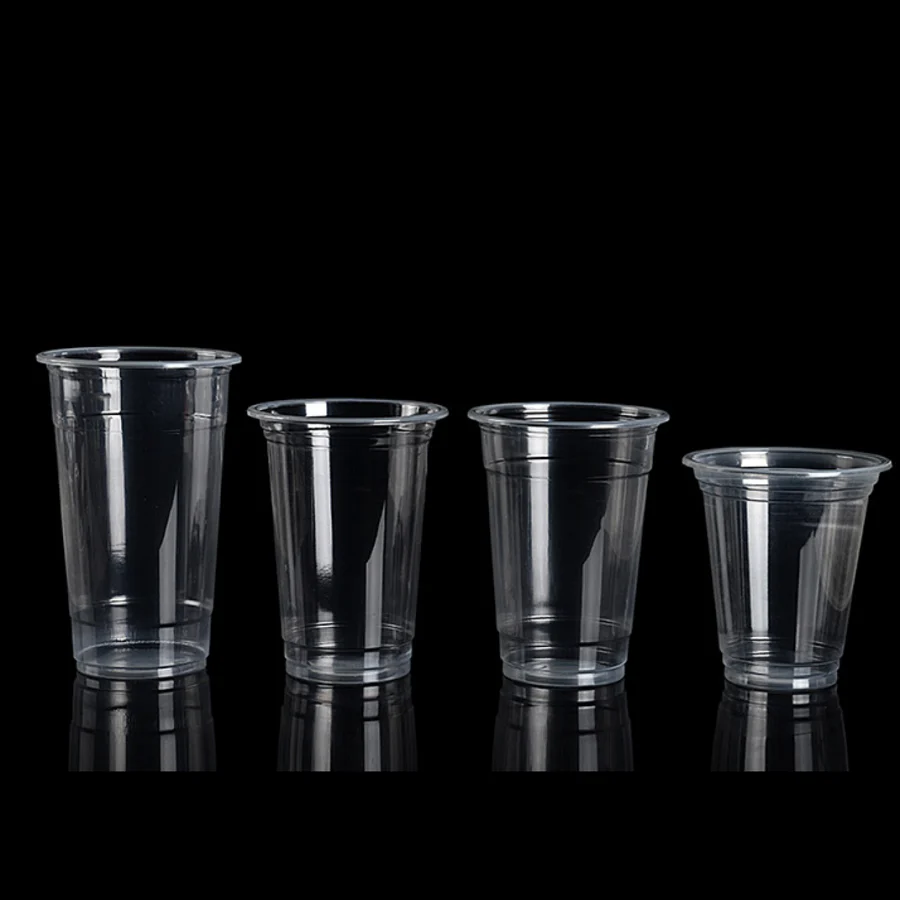
When I first started consulting for a beverage company in Indonesia, they were using cheaper PP (Polypropylene) cups. While PP cups are functional, they are not as clear as PET cups. Their product just didn’t have that premium look on the shelf. We switched them to PET cups, and the visual improvement was immediate. The cups looked more professional, and customers perceived them as higher quality. Beyond aesthetics, the material you choose impacts production efficiency and durability. PET’s rigidity helps prevent jams in automated machinery, ensuring a smooth process from cup dropping to sealing. PET is also highly recyclable, which is an important factor for many consumers today.
Here is a simple table to compare the most common plastics:
| Feature | PET (Polyethylene Terephthalate) | PP (Polypropylene) |
|---|---|---|
| Transparency | Excellent, crystal clear | Good, but often hazy or translucent |
| Durability | Strong and shatter-resistant | Flexible and also impact-resistant |
| Temperature Resistance1 | Great for cold, not for heat | Good for both hot and cold |
| Appearance | Glossy, high-end look | Standard, less premium look |
| Recyclability2 | Widely recycled (Code #1) | Recyclable but less common (Code #5) |
For automated lines like the ones we build at Xinchuang Machinery, cup rigidity is critical. PET cups hold their shape well, which prevents jamming and ensures a smooth run from the cup dropper to the sealer. This reliability is why they are the industry standard for this application.
What machines are essential for ice cup production?
You know you need machinery, but which pieces are absolutely necessary? Investing in the wrong equipment is a costly mistake that can halt your production. Let’s focus on the essential machines you need.
For a basic ice cup production line, you need two core machines: an ice maker and an ice cup filling and sealing machine. This combination automates the entire process, from creating the ice to sealing the final product ready for packaging.
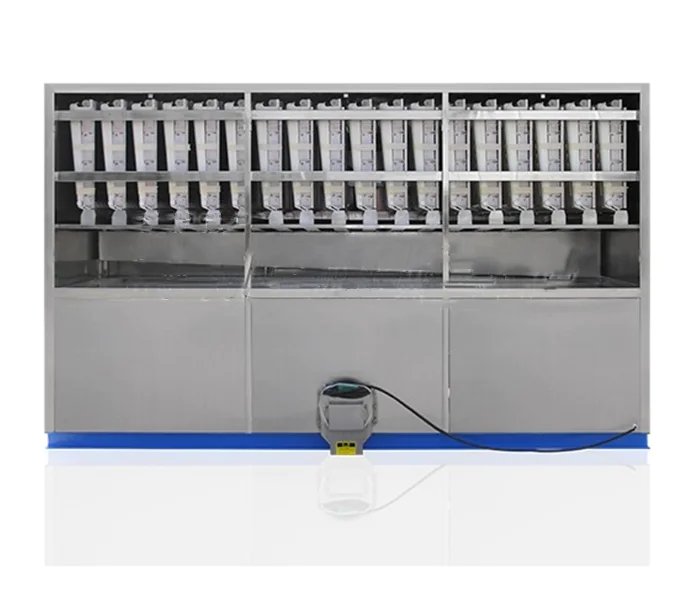
I remember a client in Algeria who wanted to start an ice cup business. He thought he could manage the filling and sealing by hand to save money. After a week of slow, inconsistent production and high labor costs, he called me. We shipped him one of our automatic cup filling and sealing machines, and it completely transformed his operation. His output increased tenfold, and the quality became uniform and professional. The core of a successful line is automation.
Let’s break down the essential equipment:
- Ice Making Machine3: This is where it all begins. You can choose a machine that makes cube ice or tube ice, depending on the look you want. The most important factor is its production capacity—it must be able to produce ice fast enough to keep up with your filling machine. For the best quality, many businesses also use a water purification system to ensure the ice is clean and clear.
- Ice Cup Filling and Sealing Machine4: This is the heart of your operation. A good machine will automate several steps in one seamless process. Our machines at Xinchuang Machinery handle:
- Automatic Cup Dropping: Places empty cups onto the conveyor.
- Automatic Ice Filling: Fills each cup with a precise amount of ice.
- Film Placement and Sealing: Places a sealing film over the cup and heat-seals it for an airtight closure.
- Finished Product Output: Ejects the sealed cups, ready for the next stage.
Some lines may also include a sieving machine to remove any small or broken ice pieces before filling, ensuring a perfect final product. These machines work together to form a powerful, efficient production line.
How do the final packaging and logistics work?
Your ice cups are filled and sealed, but how do you get them to your customers without them melting or getting damaged? Contamination and melting are serious risks. This requires proper final packaging and cold chain logistics.
After sealing, the ice cups should be bundled and wrapped with heat-shrink film. This keeps them clean, provides tamper evidence, and makes them easier to transport. From there, they must enter a "cold chain" to keep them frozen until they reach the consumer.
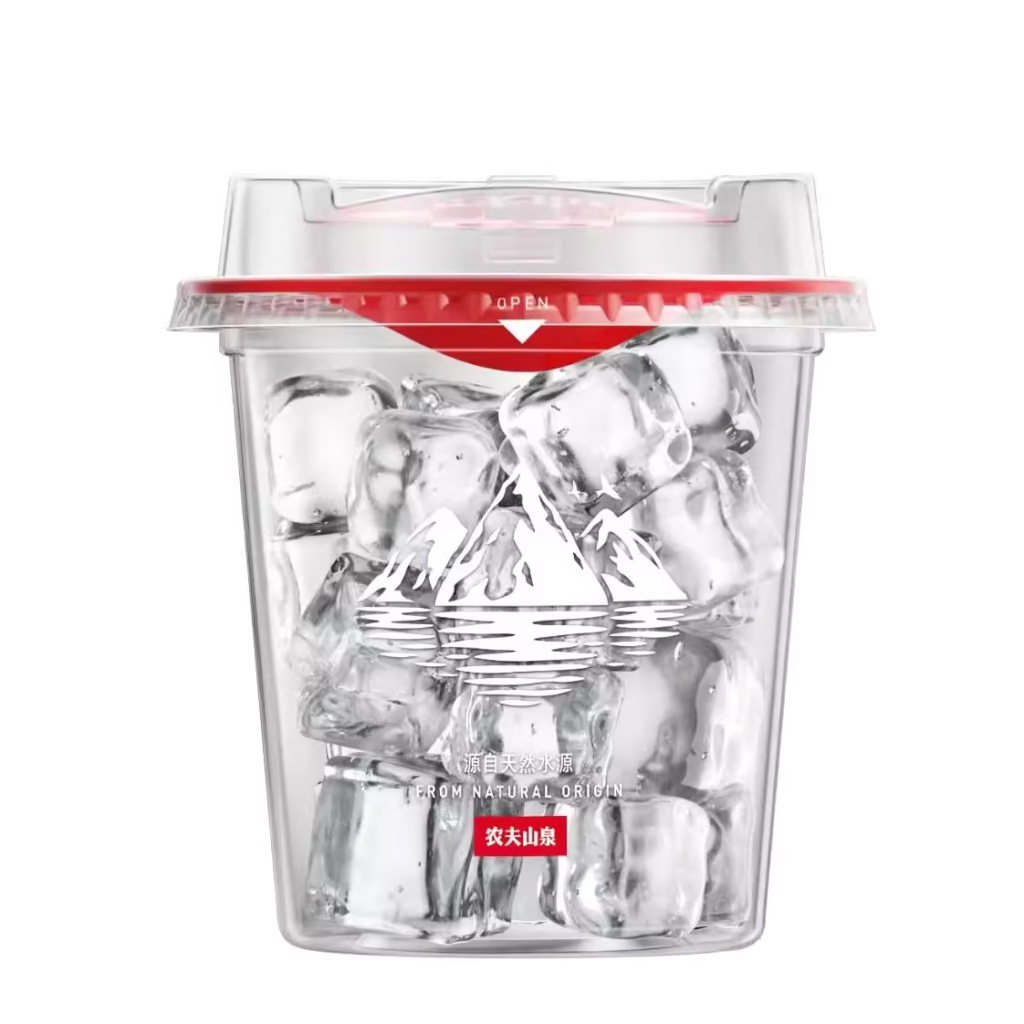
Managing the final steps is just as crucial as production itself. I worked with a client in Saudi Arabia whose ice cups were perfect in the factory but were often melted by the time they reached stores. The problem wasn’t his production; it was his logistics. He wasn’t using a consistent cold chain. We helped him partner with a reliable logistics company that specialized in frozen goods, and it solved the issue immediately.
Here’s a deeper look at these final two stages:
1. Heat-Shrink Wrapping5
This is the step where you bundle multiple ice cups together into a single package.
- What it is: A plastic film is loosely wrapped around a group of cups. When heat is applied in a shrink tunnel, the film shrinks to fit tightly around them.
- Why it’s important:
- Hygiene: It provides a protective barrier against dust, moisture, and dirt.
- Tamper-Evident: It’s easy to see if the package has been opened, which gives consumers confidence.
- Stability: It groups the cups together, making them stable for shipping and handling.
- The Machine: This is done with a shrink wrapping machine, which is often an optional but highly recommended part of the line.
2. Cold Chain Logistics[^6]
This refers to the process of keeping your product at a consistent, frozen temperature from your factory to the final point of sale.
- What it is: A temperature-controlled supply chain involving refrigerated storage at your factory, refrigerated trucks for transport, and freezers at the retail location.
- Why it’s critical: Any break in the cold chain can cause the ice cups to melt. This not only ruins the product but can also pose a health risk if they refreeze. Maintaining a consistent temperature, typically 0°F (-18°C) or lower, is essential for quality and safety.
Conclusion
To produce high-quality ice cups, start with clear PET cups, use an ice maker and an automated filling and sealing machine, then shrink-wrap the product and ship it via a cold chain.
-
Understanding temperature resistance helps in selecting the right material for specific applications. ↩
-
Exploring recyclability can guide sustainable choices in material selection and environmental impact. ↩
-
Explore this link to discover top-rated Ice Making Machines that enhance efficiency and ice quality for your business. ↩
-
Learn about the functionality and benefits of Ice Cup Filling and Sealing Machines to streamline your production process. ↩
-
Explore this link to understand how Heat-Shrink Wrapping enhances product safety and hygiene, crucial for maintaining quality.
[6]: Discover the importance of Cold Chain Logistics in preserving product integrity and preventing health risks during transport. ↩
Recent Posts
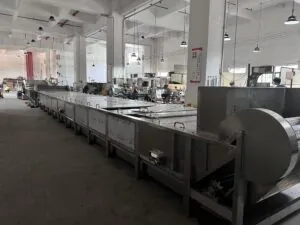
What is the Purpose of an Auto Pasteurizer in a Food Production Line?
Are your food products spoiling too quickly? This waste costs you money and limits how
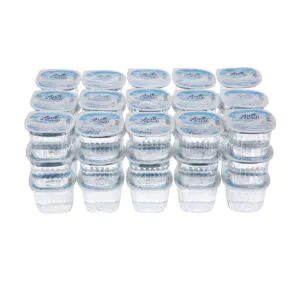
How Do You Fill Mineral Water with Cup Filling Machine?
Struggling with high investment costs for bottling mineral water? There is a simpler, more affordable
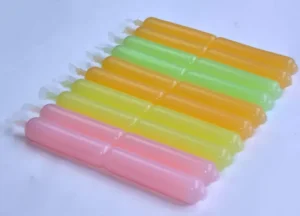
How Do You Manufacture Ice Lolly Tubes From Start to Finish?
Struggling with slow, manual ice lolly production? Inconsistent quality and low output hurts your business.
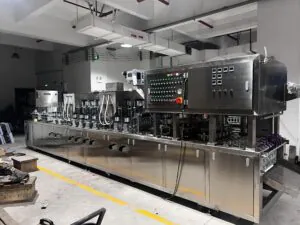
How to Produce Butterfly Jelly with Our Filling Machine?
How to Produce Butterfly Jelly with Our Filling Machine? Struggling to create eye-catching, multi-colored jellies?
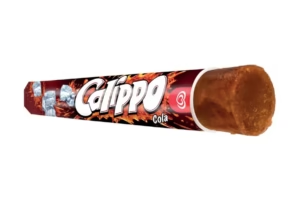
How to produce Calippo style ice cream?
How to produce Calippo style ice cream? Want to produce Calippo-style ice cream but find


